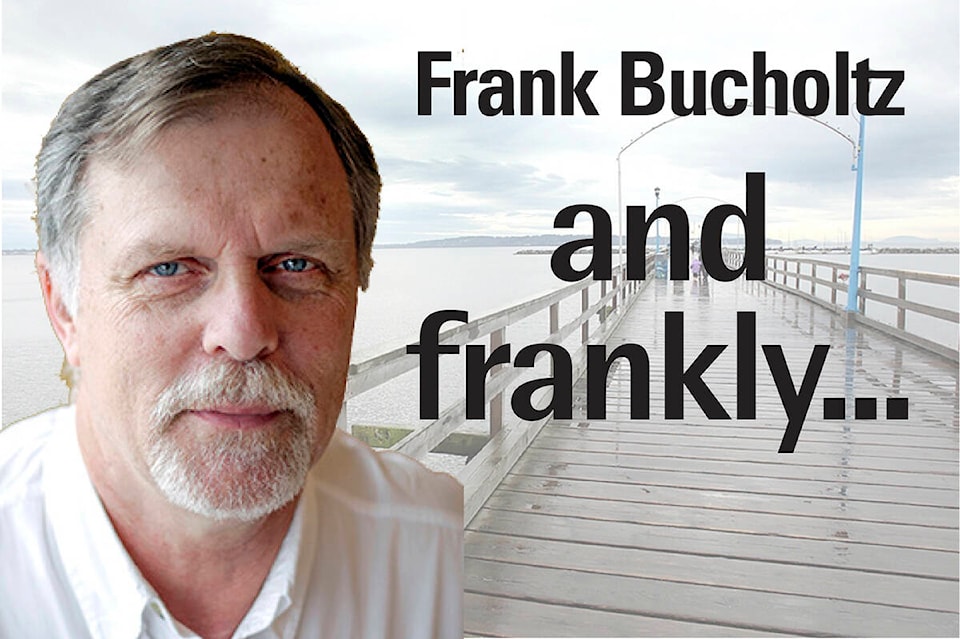When Surrey residents hear that they will be divided up between eight separate federal ridings, at first it sounds good. It sounds like Ottawa is recognizing the rapid growth that continues to take place here.
The proposed new riding boundaries are the responsibility of the federal electoral boundaries commission for B.C. They are based on 2021 census results.
However, a close look at its proposals shows some real strange boundaries, at least in most of the Lower Mainland outside Vancouver, Richmond and the North Shore. Proposed riding boundaries are unlike anything ever seen before, with one Surrey riding made up of parts of no fewer than five separate municipalities. Another contains three. Both of these proposed ridings take in both sides of the Fraser River.
Delta, which has been one contiguous riding since 2012, now includes part of Surrey. However, most of North Delta has now been put in a Surrey riding. Only two of the eight ridings are totally within Surrey’s city limits.
The three commissioners’ first draft of riding boundaries seems to be fixated on equality of population above all else (all ridings in this area are between 115,000 and 118,518 in population). This comes at the very significant cost of creating ridings which will be difficult for MPs to service, and difficult for many residents to understand. The proposed boundaries badly need redrawing in many places – not least in Surrey and Delta.
A riding called Pitt Meadows-Fort Langley is perhaps the worst offender. It consists of North Langley (north of Highway 1), Port Kells (north of the freeway), Pitt Meadows, a significant portion of Maple Ridge and much of Port Coquitlam. Earth to the commission – these five communities have very little in common, other than having the Fraser River flow through.
The dividing up of Delta also seems foolish. A small, mostly commercial or rural part of Delta along Highway 17, is placed in Richmond East. Most of Delta, outside North Delta, stays in the Delta riding. However, it also takes in part of Surrey in the Panorama Ridge area. Why not have all of North Delta as part of this riding?
A third odd riding is New Westminster-Bridgeview. Surrey has worked hard to position the Whalley area as Surrey City Centre, yet the portion west of 128 Street is proposed to be in a riding which clearly will be dominated by New Westminster. At one time, Surrey was part of the New Westminster riding – but that was 60 years ago. To top it off, this riding also includes a slice of East Burnaby. What are the common bonds linking these three municipalities?
Surrey-Newton has been renamed Surrey West and will lose a chunk of Surrey while gaining much of North Delta. Why? Surrey Centre will also shrink. Fleetwood-Port Kells is mostly intact, but perhaps misnamed. Port Kells is mostly absent from it. Cloverdale-Langley City and South Surrey-White Rock have minimal changes.
Residents, businesses and community organizations should flood the commission with complaints about the way these ridings have been created. At the very least, the commission needs to significantly change the ridings which contain multiple municipalities on both sides of the river. A strong argument can also be made to restore North Delta to the Delta riding, and the Panorama Ridge area to Surrey West.
The commission will hold a public hearing in Delta on June 9, and in Surrey on Sept. 13. Submissions via email or letter can be submitted now. The commission’s website, which contains contact information and maps and descriptions of all the proposed new ridings, is redistribution2022.ca
Frank Bucholtz writes twice a month for Peace Arch News and at frankbucholtz.blogspot.ca
